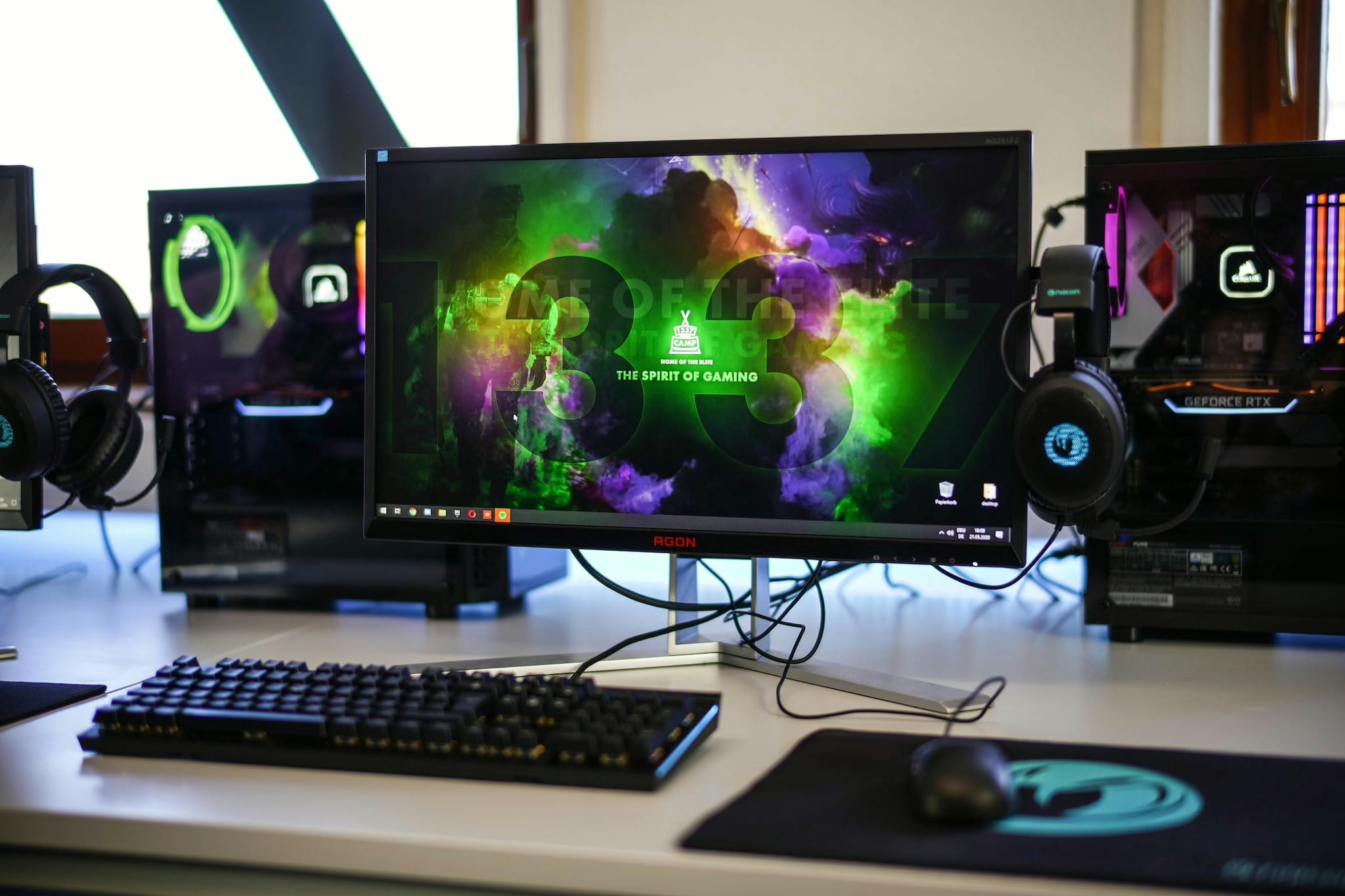In the realm of gaming monitors, the pursuit of visual excellence is relentless.
Manufacturers are continuously pushing the boundaries of display technology to offer gamers the ultimate viewing experience.
One critical aspect of this pursuit is the subpixel arrangement in OLED monitors, which plays a vital role in defining the sharpness, clarity, and overall quality of the image.
This guide delves into the various subpixel arrangements found in gaming monitors, their benefits, and the challenges they pose.
Subpixel Arrangements and Their Significance
Subpixels are the smallest physical points on a display and are typically composed of red, green, and blue elements.
The arrangement and size of these subpixels can significantly impact the display's resolution and color accuracy.
For instance, the Alienware 32-inch 4K QD-OLED gaming monitor boasts a Quantum Dot OLED display with a high refresh rate of 240Hz, providing not only vibrant colors but also a smooth gaming experience (Laptop Mag).
The PenTile Technology
PenTile is a trademarked display technology by Samsung Display that utilizes a unique subpixel arrangement.
Unlike the standard RGB layout where each pixel is comprised of red, green, and blue subpixels, PenTile displays may use a different combination, which can affect how certain content, especially text, is rendered (PC World).
Scaling and Pixel Density
The pixel density of a monitor, measured in pixels per inch (PPI), is a crucial factor in the sharpness of the display.
Monitors with lower PPI can appear less sharp, but scaling can be applied to enhance text clarity at the expense of screen real estate.
For example, 43-inch 4K monitors with approximately 103 PPI may use scaling to improve text readability (Display Ninja).
Challenges with OLED Subpixel Layouts
OLED technology is known for its vibrant colors and deep blacks, but the sub-pixel layout can sometimes result in issues with text clarity.
The Asus ROG Swift OLED PG49WCD is a testament to the gaming prowess of OLED monitors but also highlights the potential hang-ups with text display due to sub-pixel layouts (PC Gamer).
Brightness and Pixel Density in OLED Displays
A recurring question in the OLED gaming community concerns the relationship between brightness, pixel density, and sub-pixel arrangements.
iPhones, for example, have been able to achieve 2,000 nits of brightness at a high pixel density, while OLED TVs and monitors often struggle to reach 1,000 nits at lower pixel densities.
This discrepancy raises questions about the inherent capabilities and limitations of OLED technology in different applications (Reddit).
The Evolution of OLED Gaming Monitors
The gaming monitor industry is witnessing the evolution of OLED technology.
Asus claims to be at the forefront with its third-generation OLED panel, which suggests incremental improvements in display technology, including sub-pixel arrangements.
These advancements are likely to enhance the gaming experience by providing better clarity and color accuracy (PC Gamer).
High-Speed Performance in Newer Models
The latest gaming monitors, such as the MSI MPG271QRX QD-OLED, are pushing the envelope with a 360Hz refresh rate and 1440p resolution on a 27-inch screen.
This indicates a trend towards high-speed performance without compromising on resolution or screen size, which is a significant consideration for gamers looking for the best possible visual experience (GizmoChina).
Conclusion
In conclusion, subpixels play a fundamental role in the quality of gaming monitors.
The industry is making strides with technologies like QD-OLED and high refresh rates, but challenges with sub-pixel layouts remain, particularly concerning text clarity.
As technology advances, we anticipate improvements in brightness, clarity, and color accuracy, which will further enhance the gaming experience.
It is evident that the evolution of OLED gaming monitors will continue to be driven by the demand for high performance and visual fidelity.

